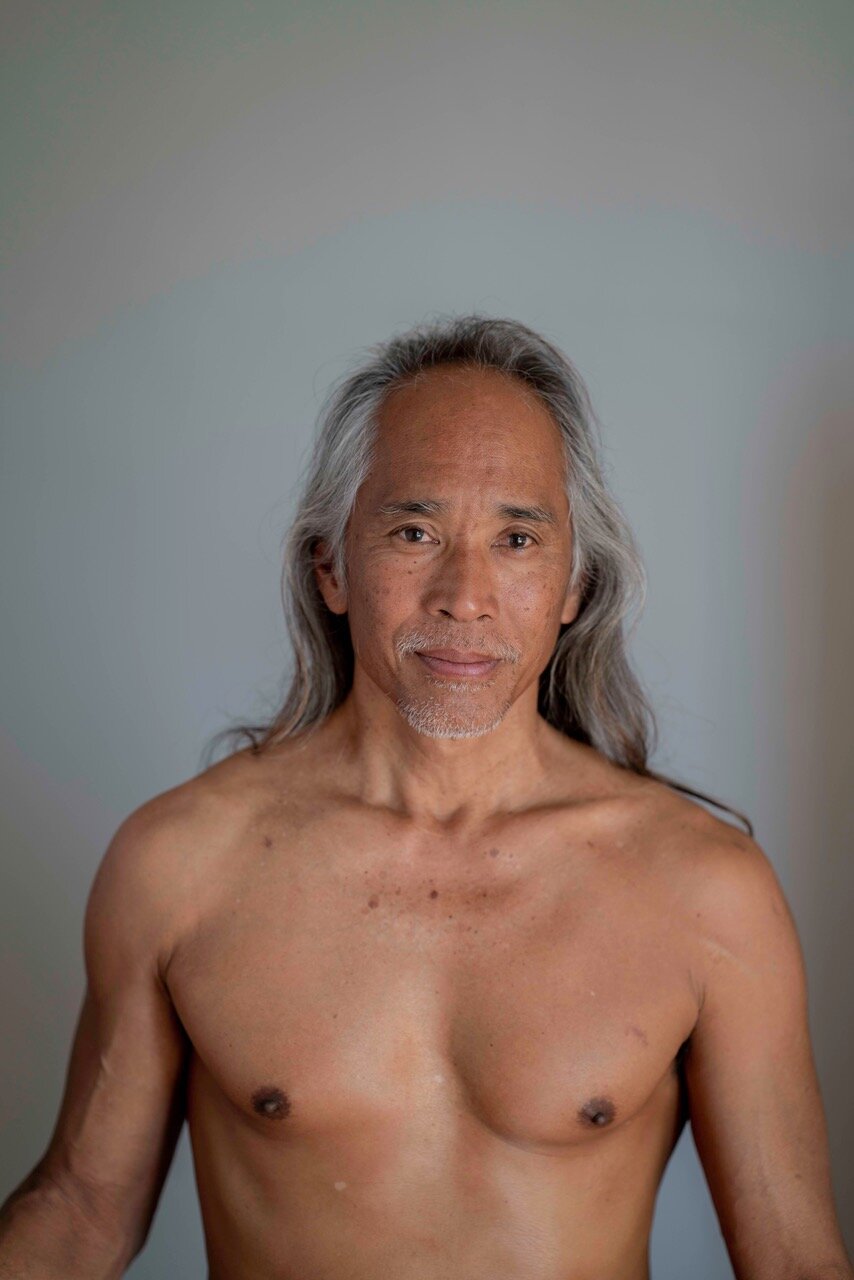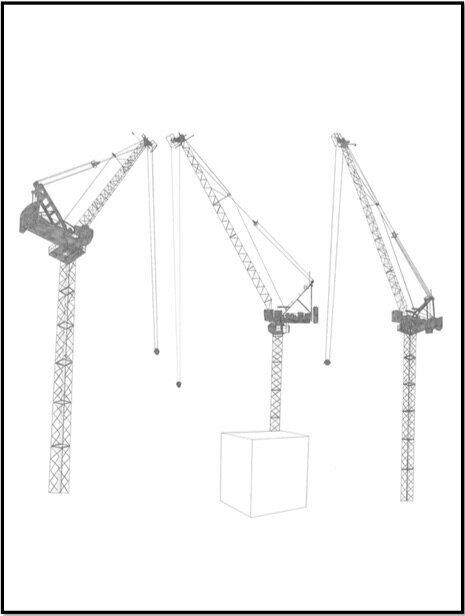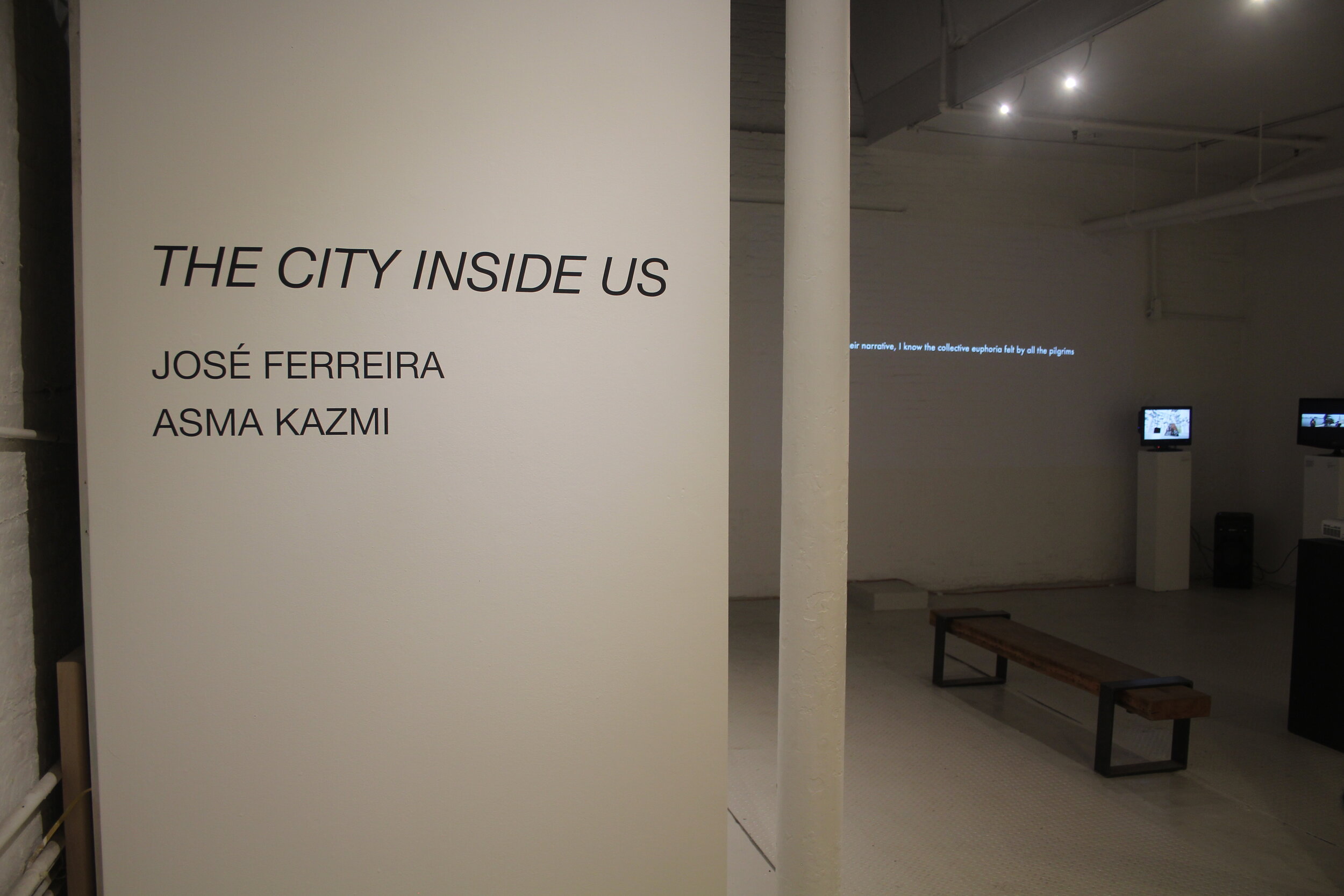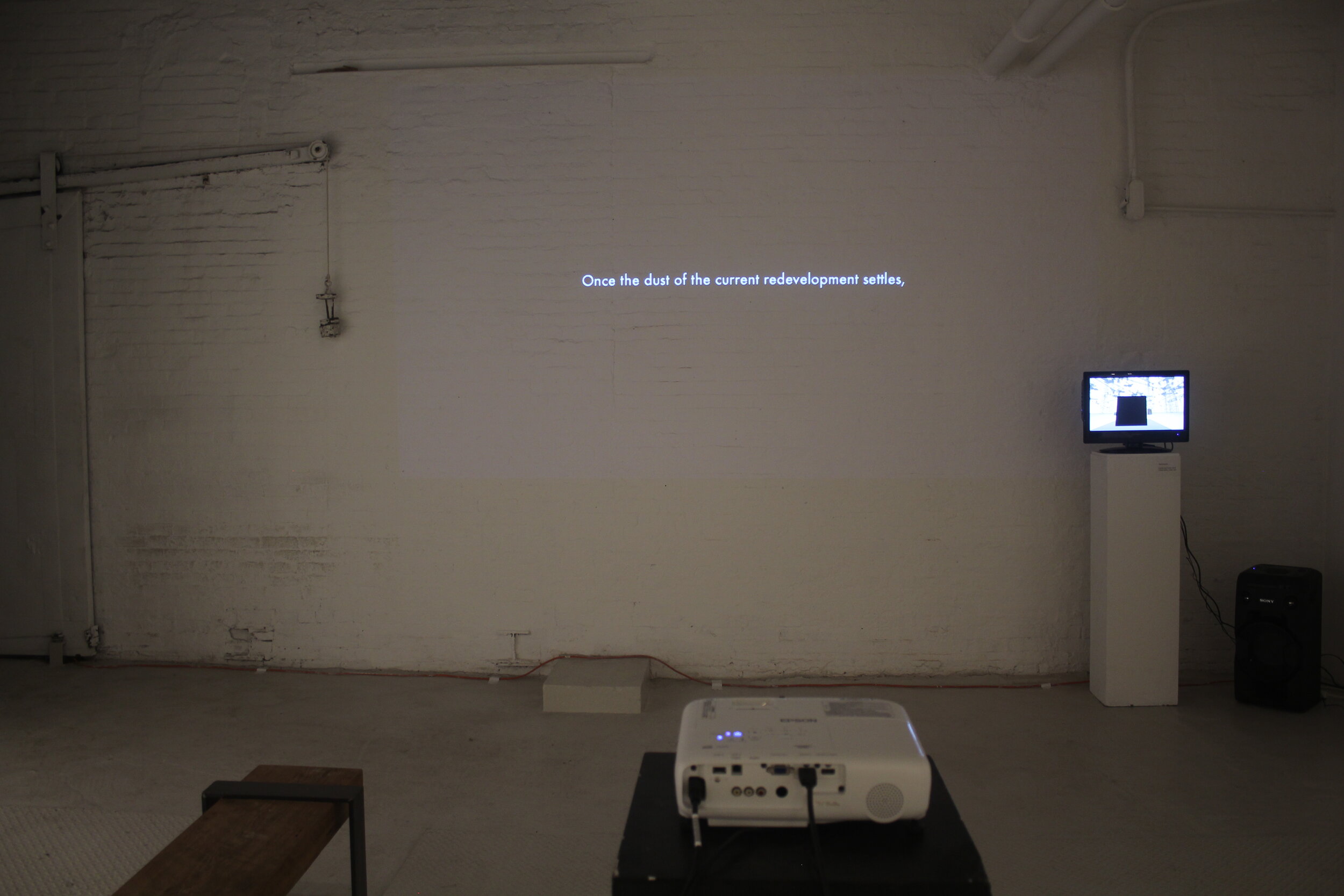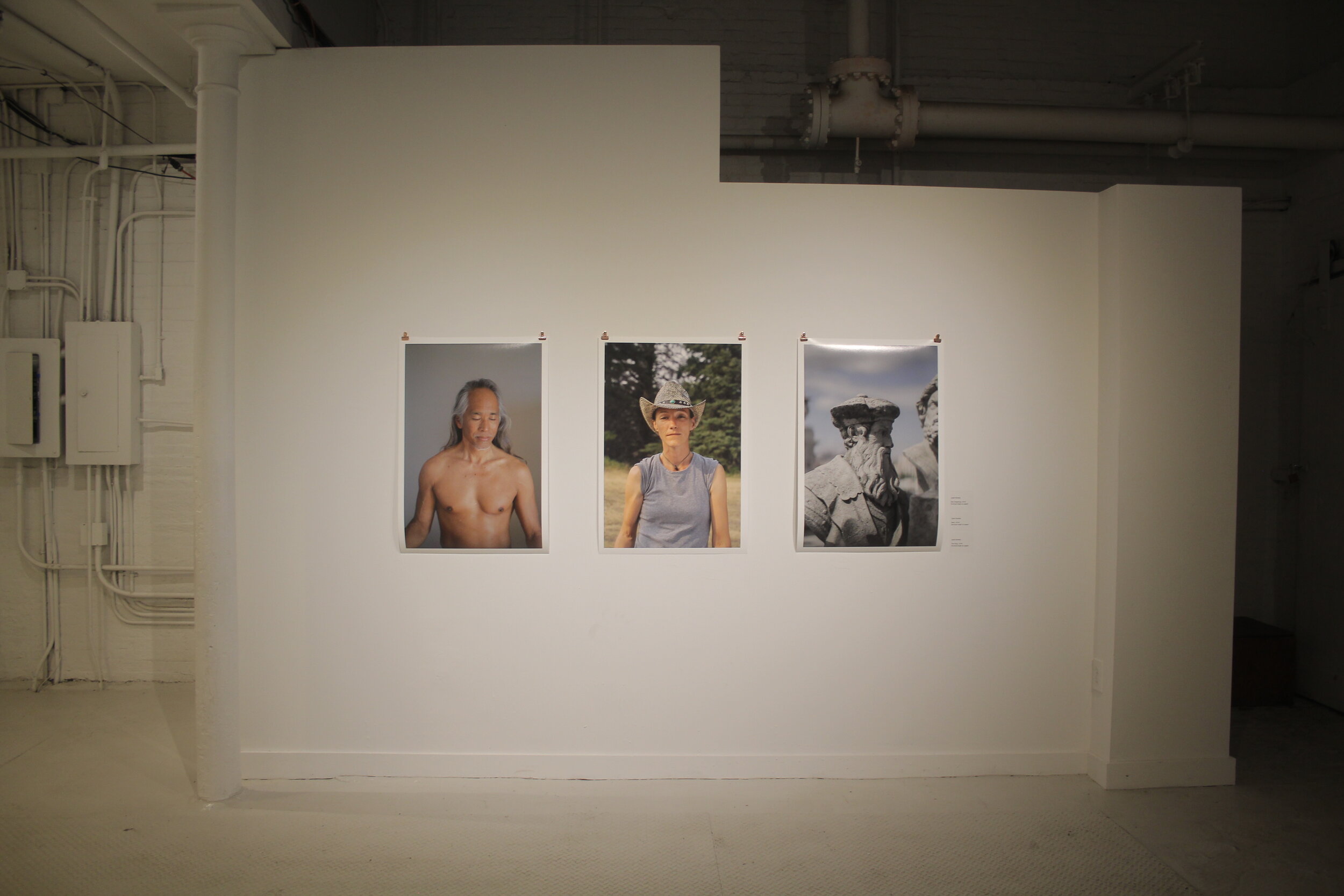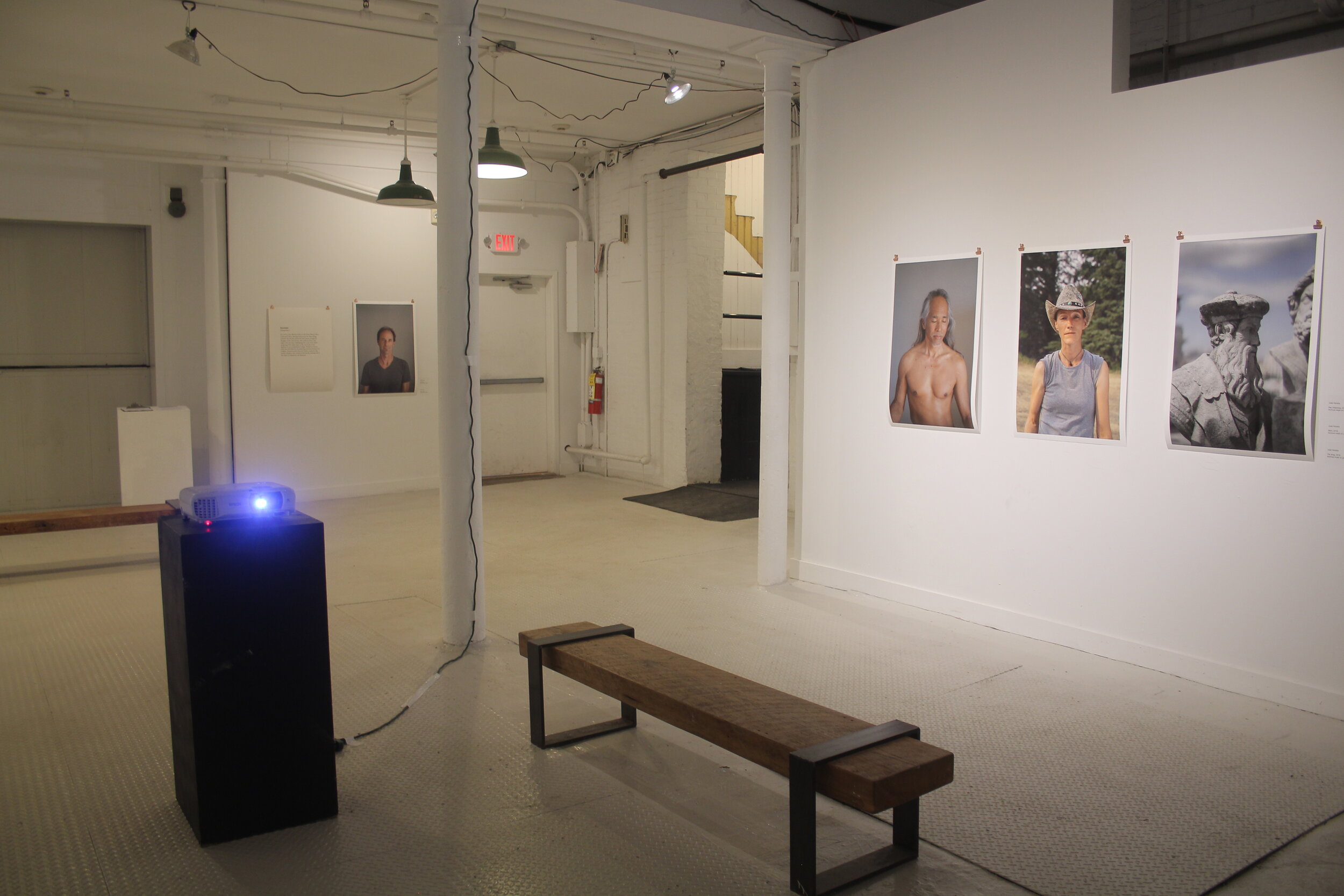José Ferreira
Asma Kazmi
“Space, in contemporary discourse, as in lived experience, has taken on an almost palpable existence. Its contours, boundaries, and geographies are called upon to stand in for all the contested realms of identity, from the national to the ethnic; its hollows and voids are occupied by bodies that replicate internally the external conditions of political and social struggle, and are likewise assumed to stand for, and identify, the sites of such struggle. Techniques of spatial occupation, or territorial mapping, of invasion and surveillance are seen as the instruments of social and individual control. Equally, space is assumed to hide, in its darkest recesses and forgotten margins, all the objects of fear and phobia that have returned with such insistency to haunt the imaginations of those who have tried to stake out spaces to protect their health and happiness. Indeed, space as threat, as harbinger of the unseen, operates as medical and psychical metaphor for all the possible erosions of bourgeois bodily and social well being. The body, indeed, has become its own exterior, as its cell structure has become the object of spatial modeling that maps its own sites of immunological battle and describes the forms of its antibodies.”
- Anthony Vidler, excerpt from, The Architectural Uncanny
The City Inside Us is an exhibition of heterogeneous objects and gestures that encompass themes of consciousness, ritual, habit, and habitation. Oscillating between the material and the virtual, the exhibition unsettles viewers to reveal ways in which history is inscribed onto bodies, and onto the environment. The exhibition unfolds by connecting two projects:
José Ferreira’s constellation of objects explores the complexity of placemaking by activating an indeterminate hybrid space to bring about states of awe and wonder. The work seeks to locate trajectories of familial histories and memories that are fraught with omissions and narratives of denial. Establishing relations to material artifacts, Ferreira recreates transitory spaces of personal displacement, forgotten histories of a place, and emotional geographies that are difficult to articulate, understand, and document. The works bring to the surface questions about our transient relations to place, where unstable bonds confront us with new experiences of something extraordinarily beheld, for the very first time. Wonder as an emotional space of unknowing is a seminal launching point to understand the world beyond Cartesian anxiety, fixated on the hope that studying the world will give us unchangeable knowledge of ourselves. Wonder then, is a sense of defamiliarizing that underlies our capacity to simply get on with our practical relationship with the world - a form of restless becoming.
Asma Kazmi’s project aims to map the architectural, material, and cultural history of radically changing sites and topographies of major cities. The project locates discernable overlaps between religiosity, the market economy, trade routes, and migration by creating mismatched juxtapositions between the visual culture of ostentatious buildings, excesses in construction practices, and the lived experiences of migrant laborers who construct, service, and inhabit these cities. Kazmi’s installation opens up multiple reads and critical reflections on the tangible, material, emotional, and embodied qualities of immersion in an environment by interweaving VR objects with drawings, text, video, and sculptures.
ABOUT THE ARTISTS
José Ferreira is assistant professor of Art and Chair of the Sculpture Area at University of Hawaii at Manoa. Ferreira was the Artistic Director of Sculpture at Anderson Ranch Arts Center in Colorado. He studied Fine Art at the Durban University of Technology, South Africa. In 2002 he began working as a Research Fellow in Fine Art Digital Media, at the University of Sunderland, United Kingdom. From 2006 to 2013 he was full-time faculty in the Sculpture Department at The School of the Art Institute of Chicago. Contributions to the art world have been recognized through prestigious grants and awards presented throughout the years including, The Prince Claus Fund for Culture and Development in The Hague, The Netherlands, the London Arts Council, London, United Kingdom, The Human Science Research Council, South Africa, and The Calouste Gulbenkian Foundation, Lisbon, Portugal.
www.joséferreira.com
Asma Kazmi creates transdisciplinary artworks that unearth invisible, forgotten, and ignored histories linked to the legacies of colonization and postcolonial contexts. Her works combine the virtual as well as material cultures to create complex visual, aural, and haptic relations. Kazmi’s research based process allows her to imagine embodied linkages with her subjects in various cultural contexts. She works between the US, India, Pakistan, Europe, and the Middle East. Kazmi has exhibited nationally/internationally at venues such as the the Commons Gallery, University of Hawaii in Honolulu; Wattis Institute of Contemporary Art, San Francisco; San Jose Institute of Contemporary Art, San Jose, CA; Faraar Gallery, Karachi, Pakistan; Utah Museum of Contemporary Art, Salt Lake City; Queens Museum of Art, NY; LACE (Los Angeles Contemporary Exhibitions); 18th Street Arts Center, Santa Monica; Contemporary Art Museum, St. Louis; H&R Block Space, Kansas City; Guild Gallery, NY; Gallery 210, University of Missouri St Louis; & Gallery 400, University of Illinois in Chicago. She is currently an assistant professor in the Department of Art Practice at UC Berkeley.
www.asmakazmi.com
On view: February 16 - March 17, 2019
Opening reception: Saturday, February 16, 7 - 10 PM
PRESS
'The City Inside Us' Exhibition Takes On The Hidden Narrative Of Places In Transition
WBUR - The Artery
